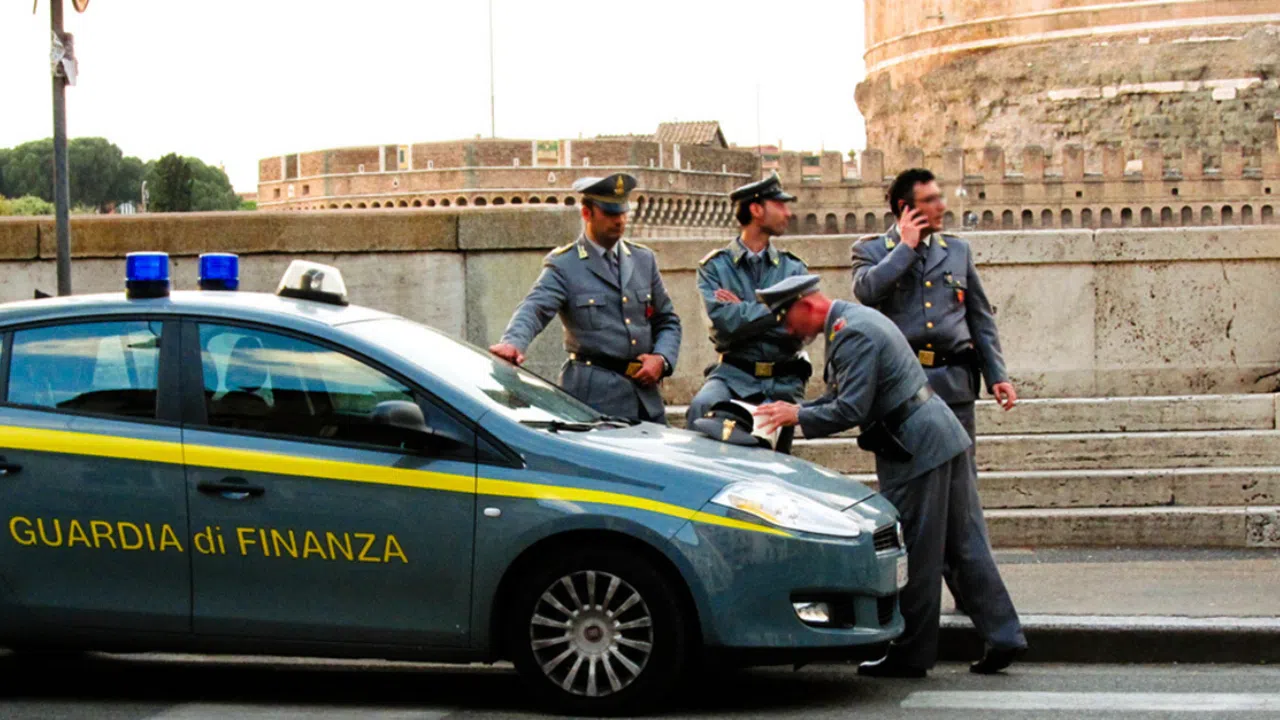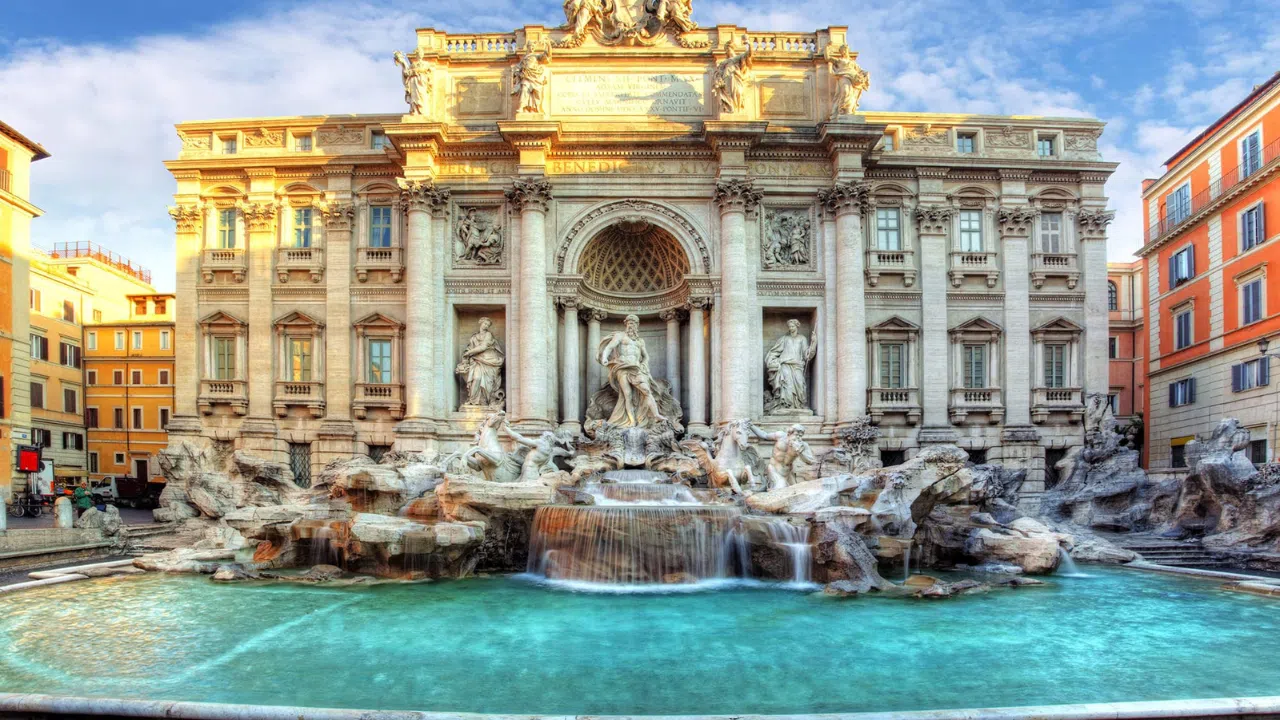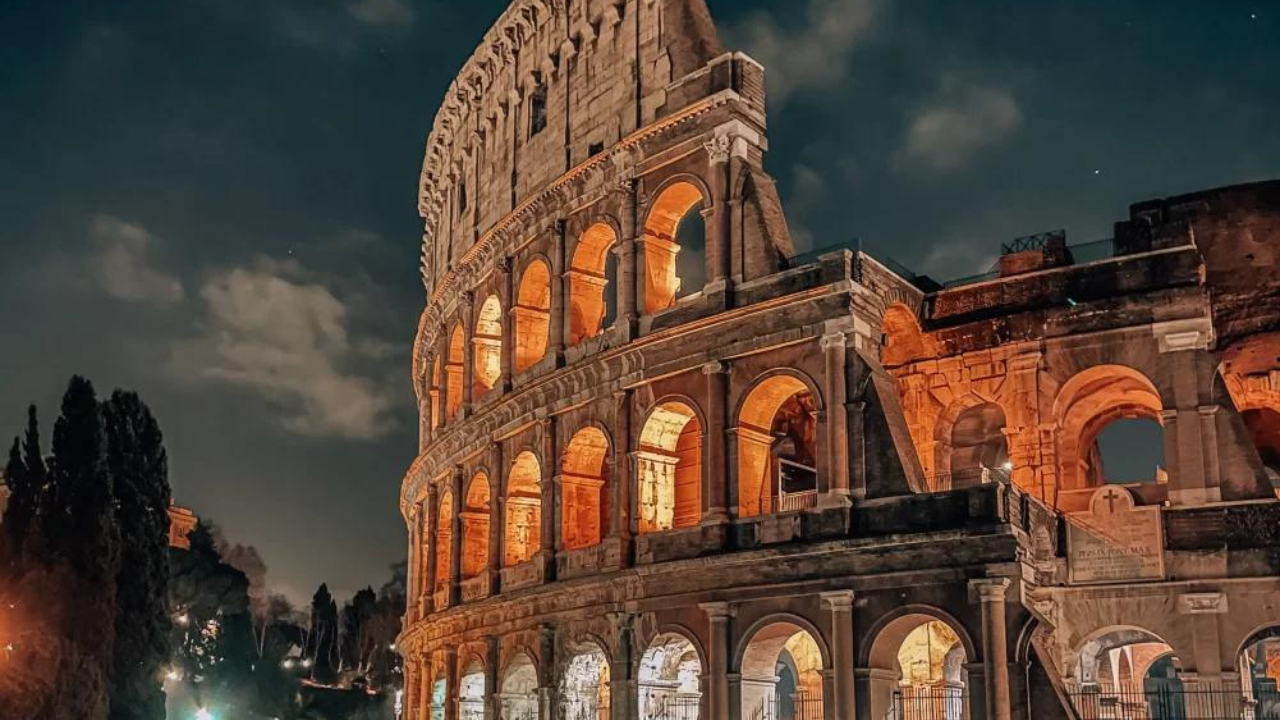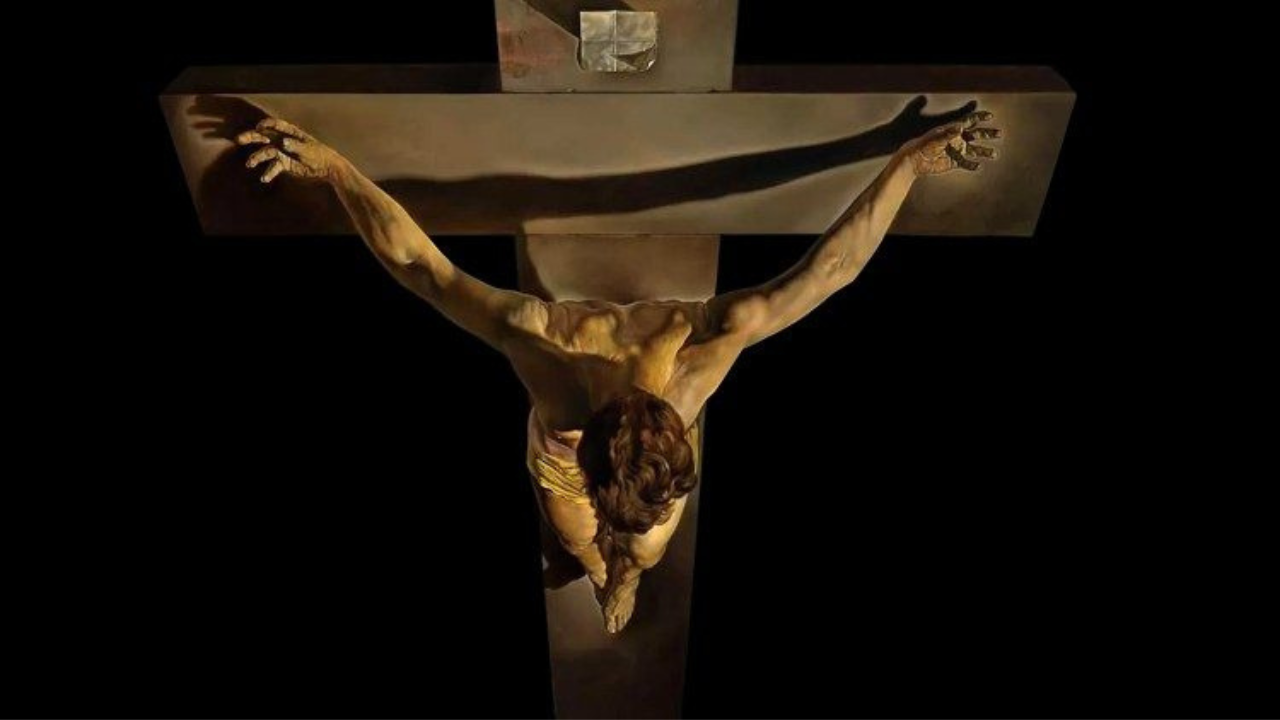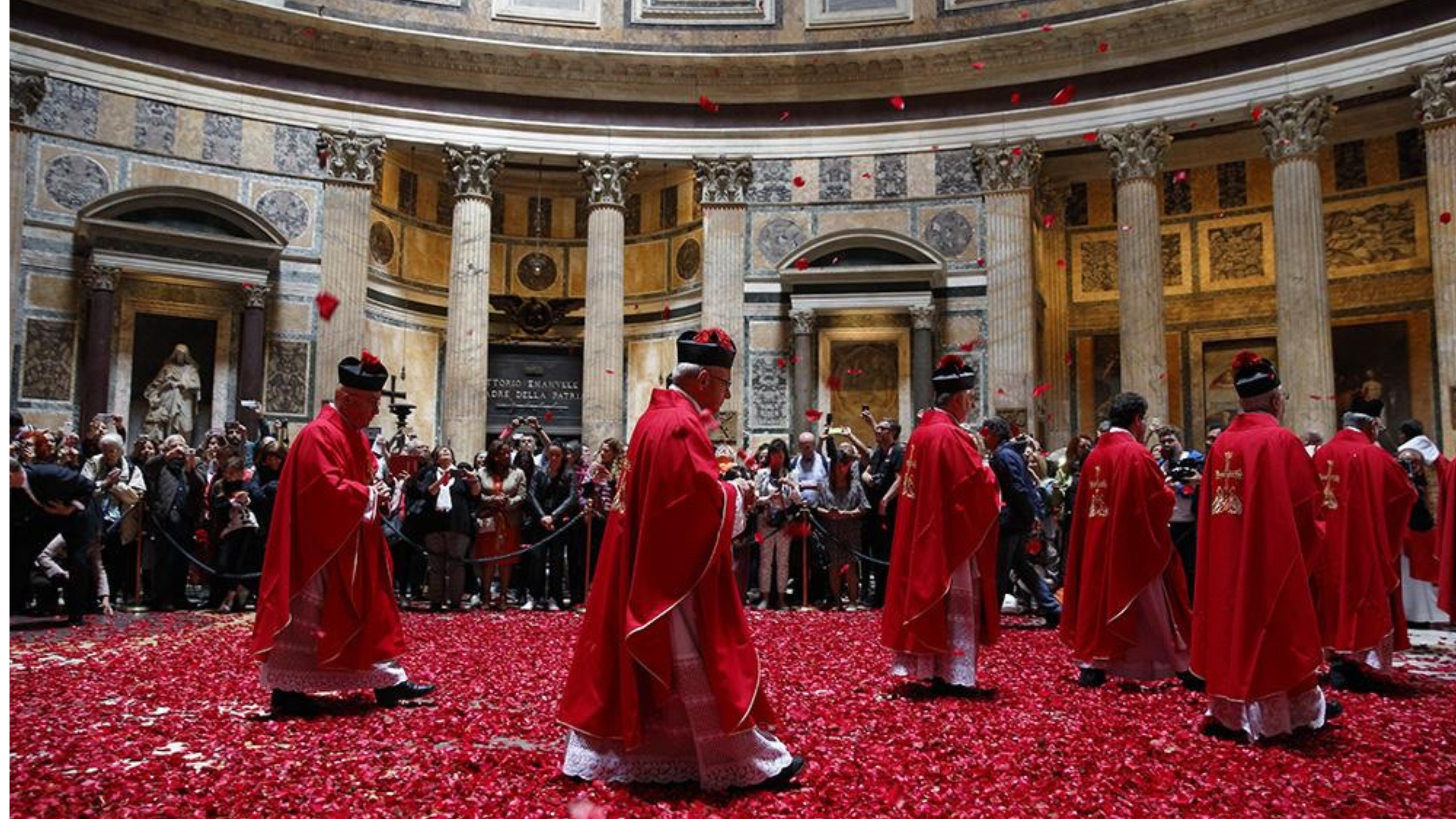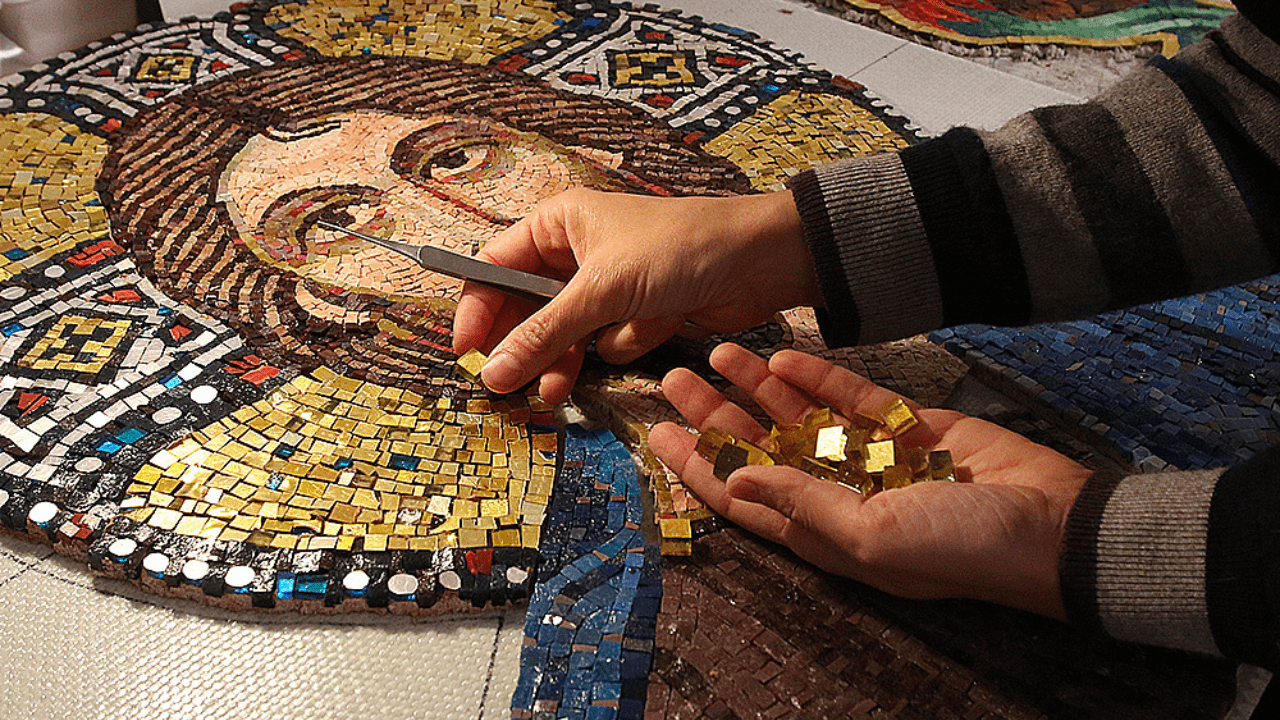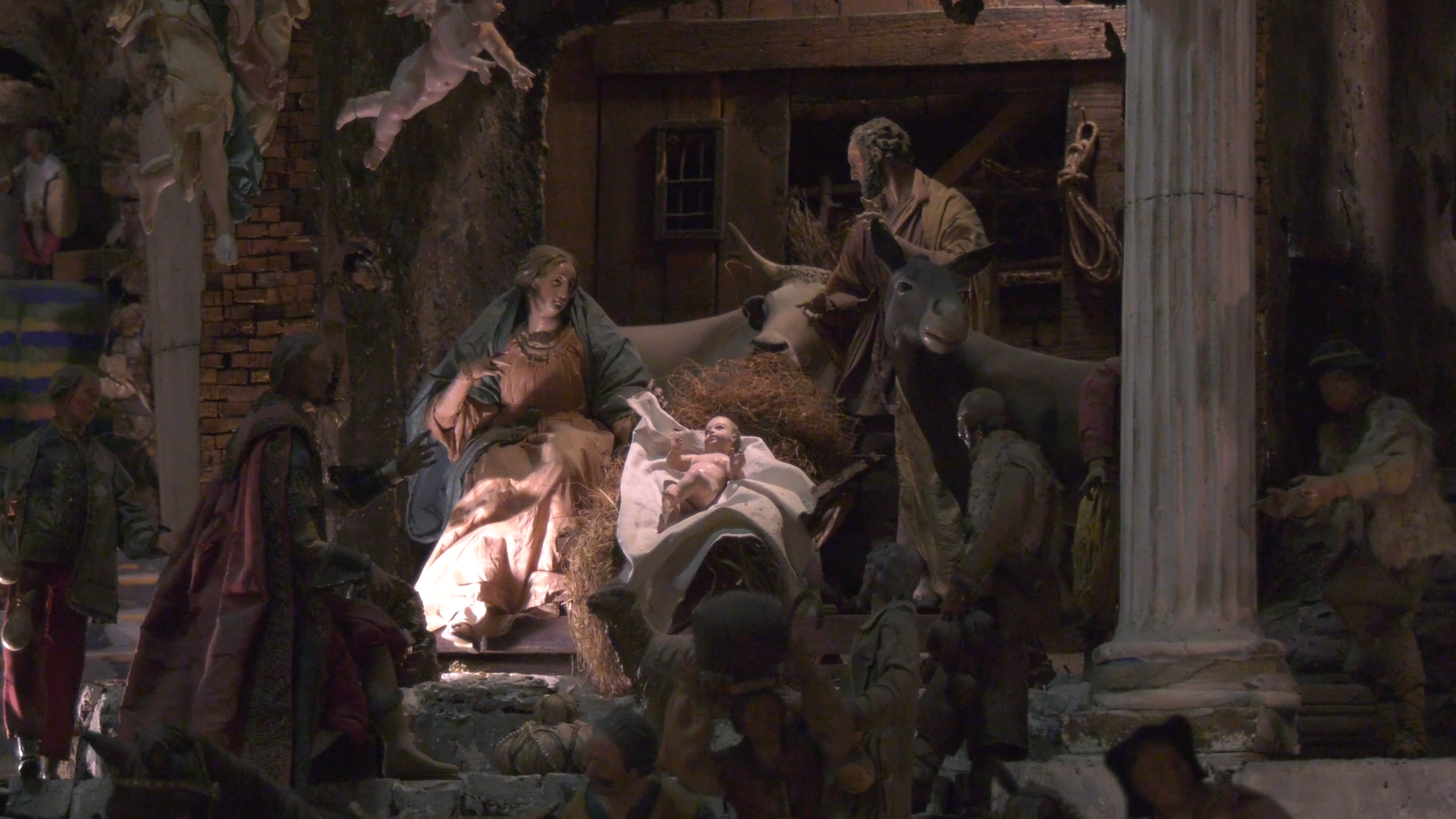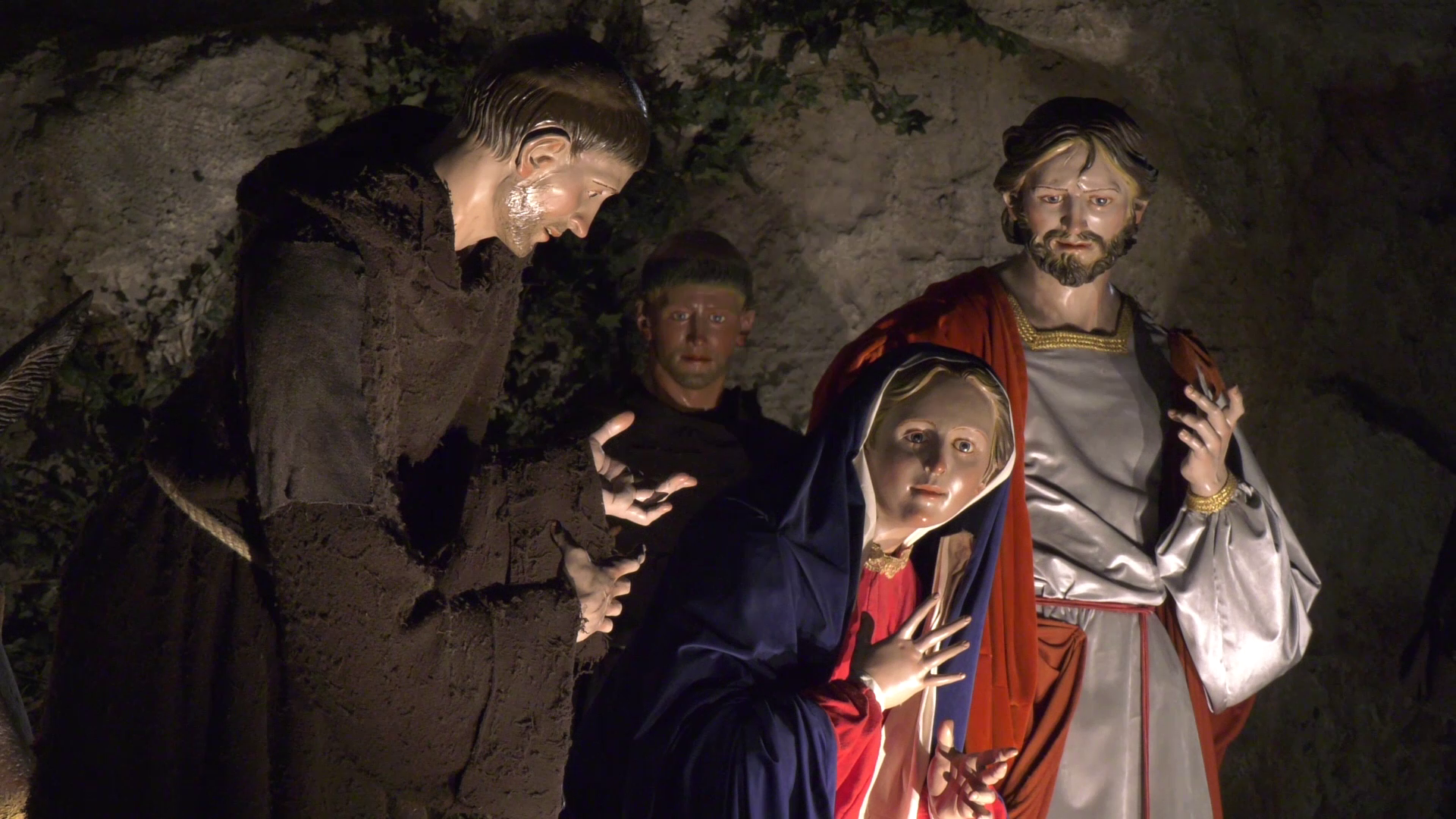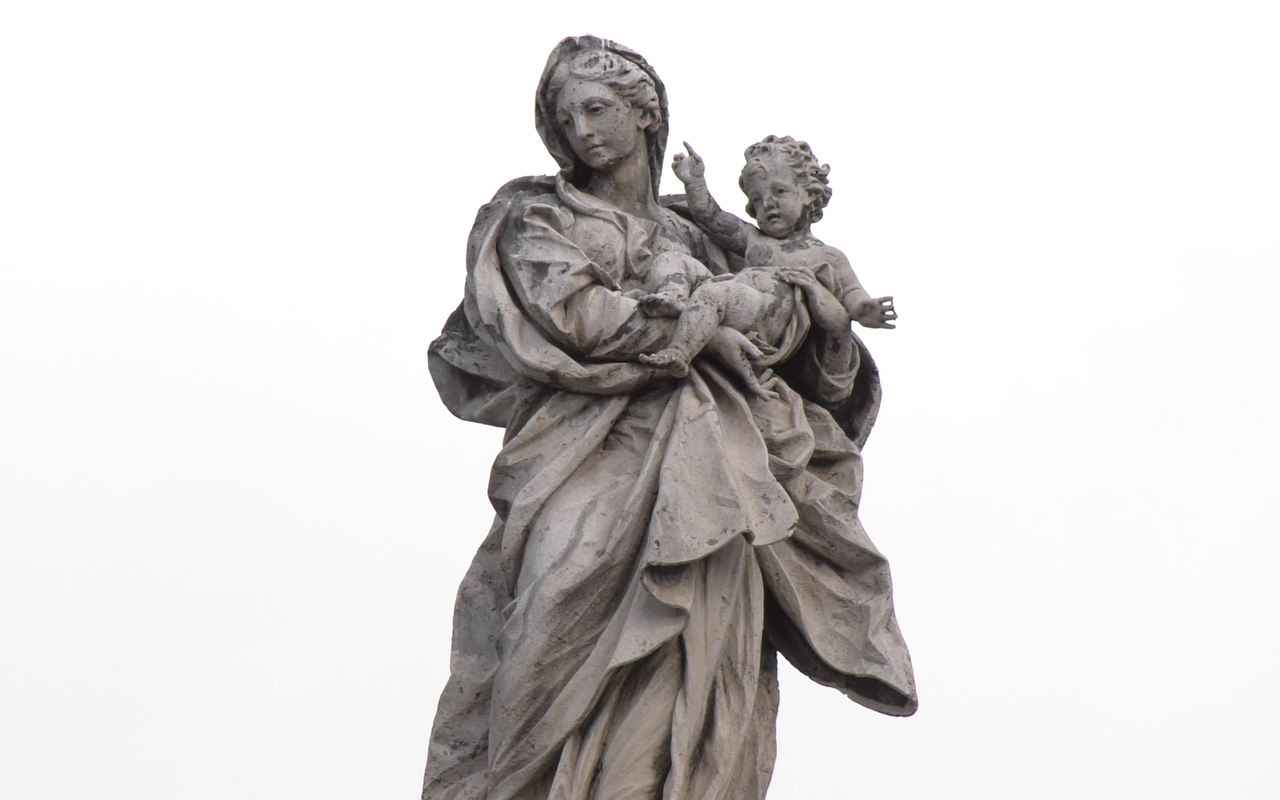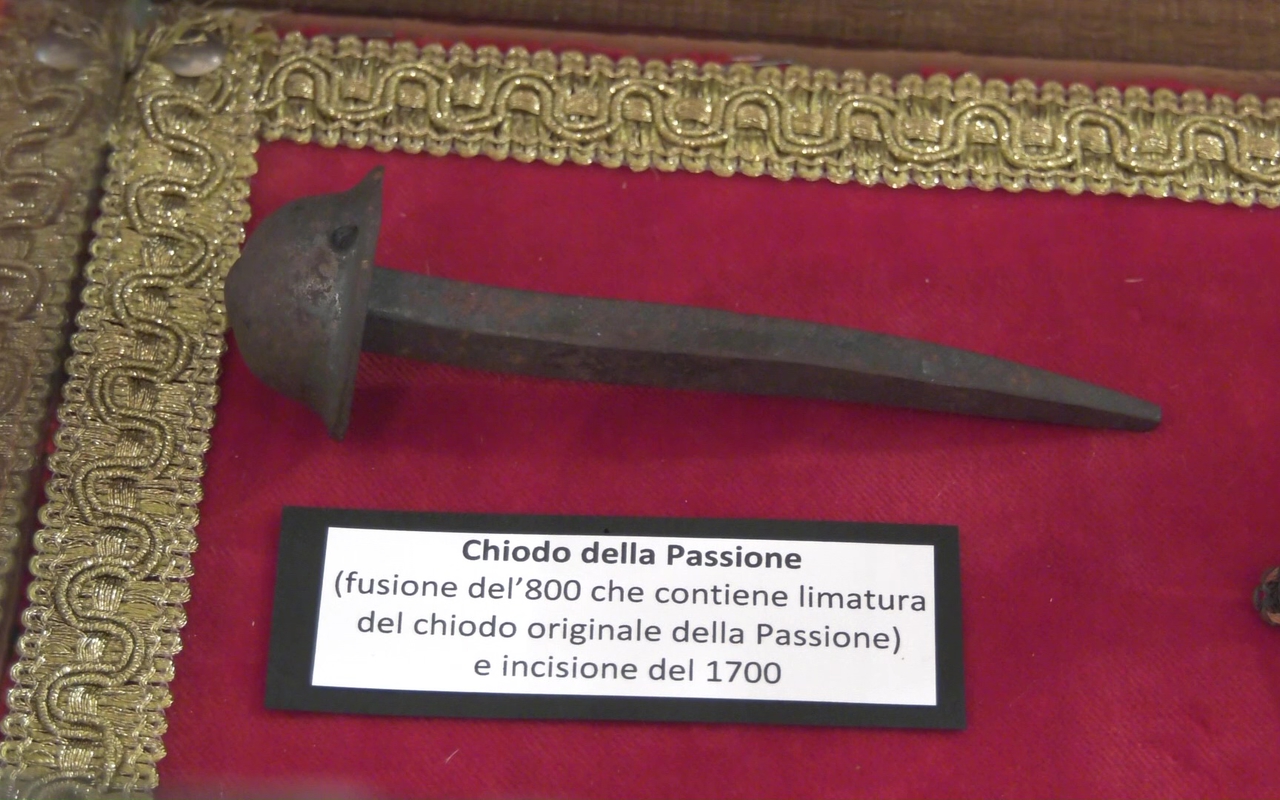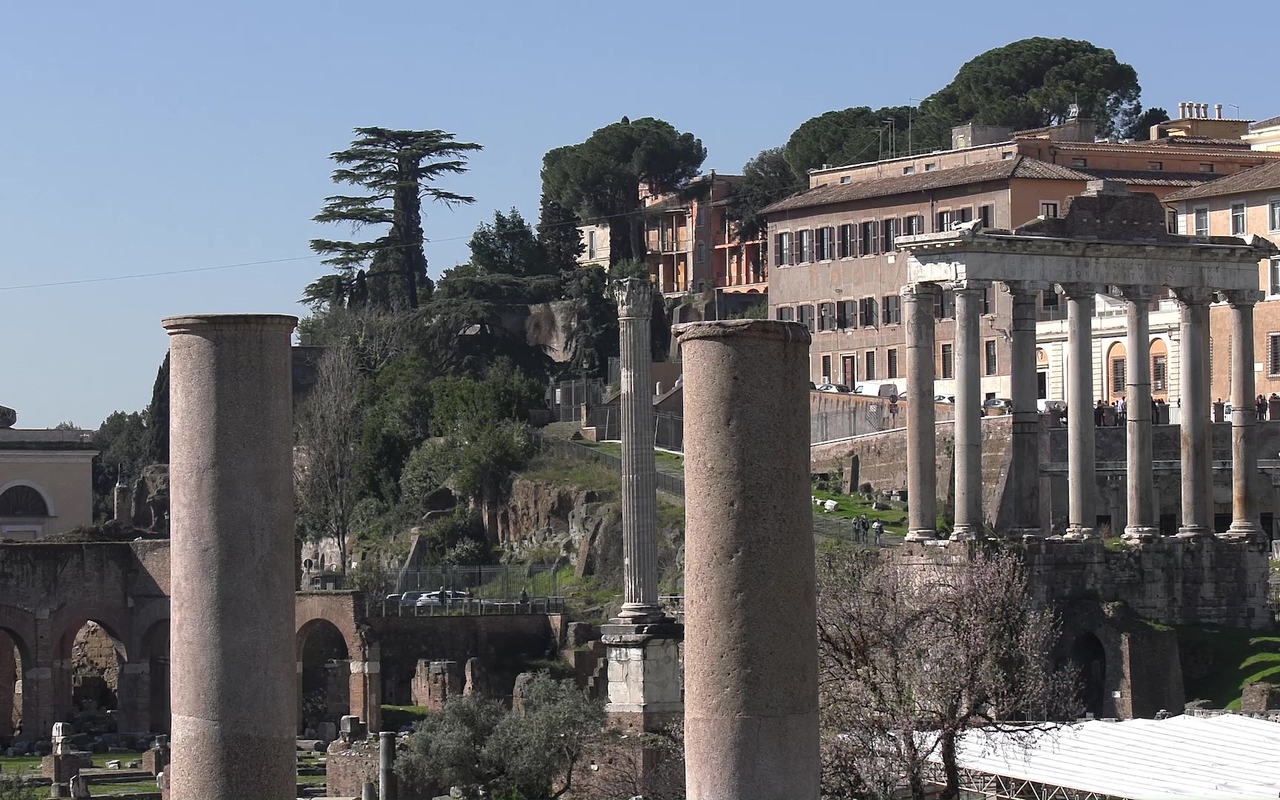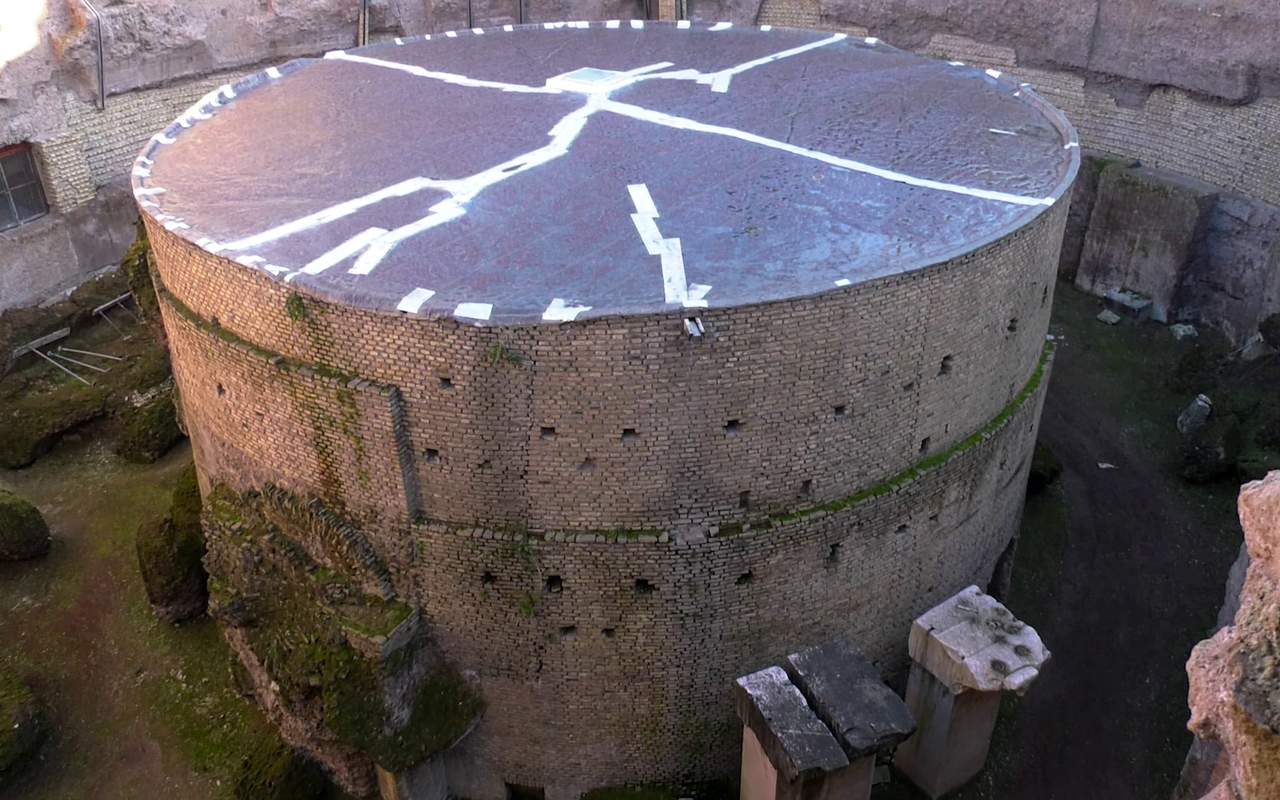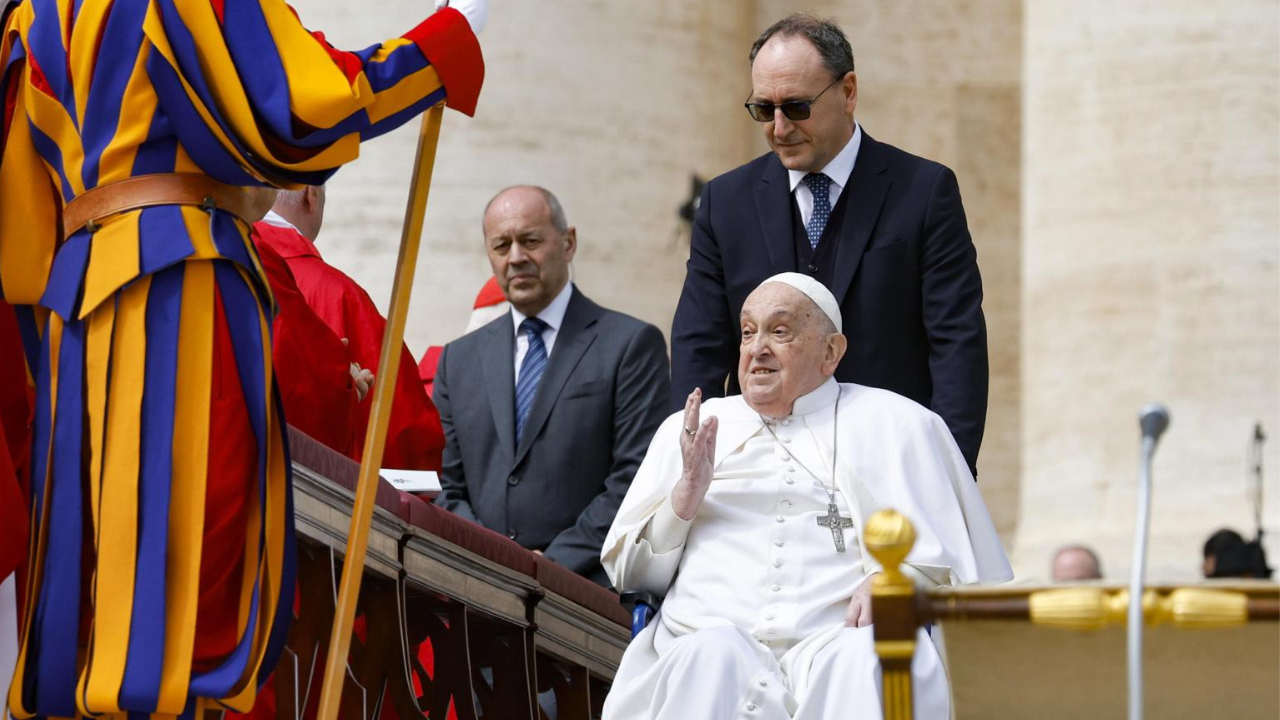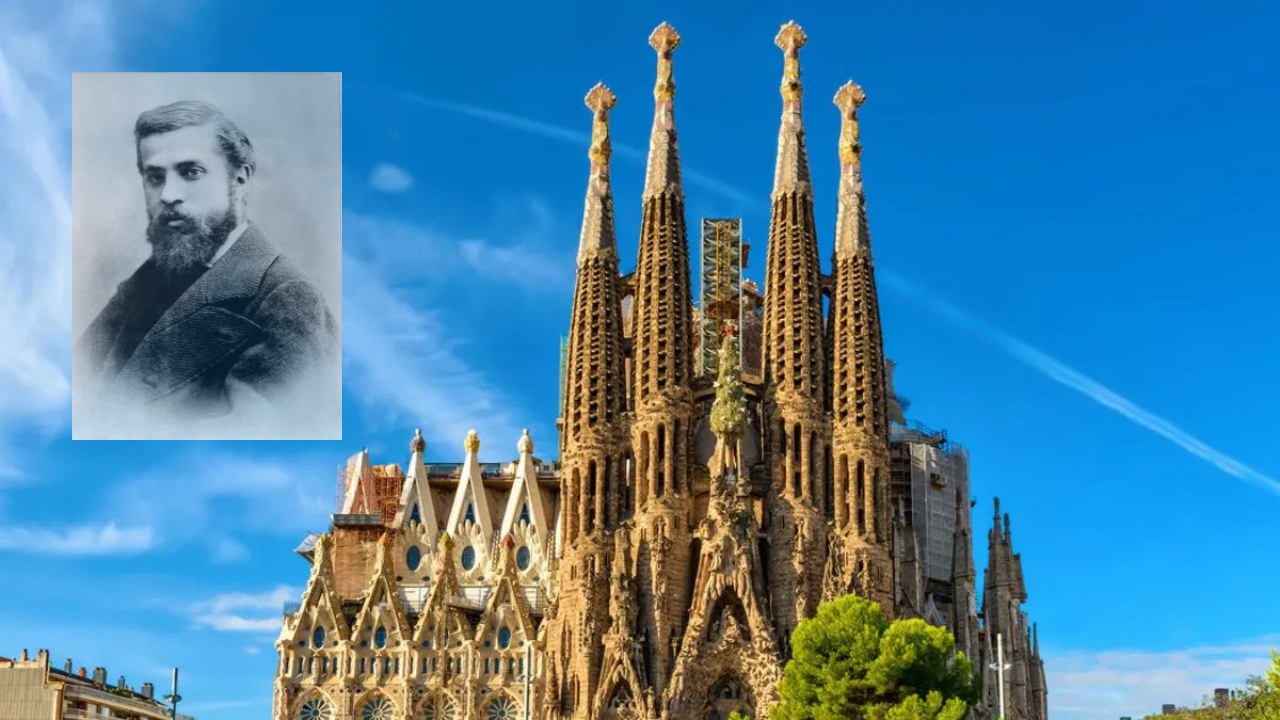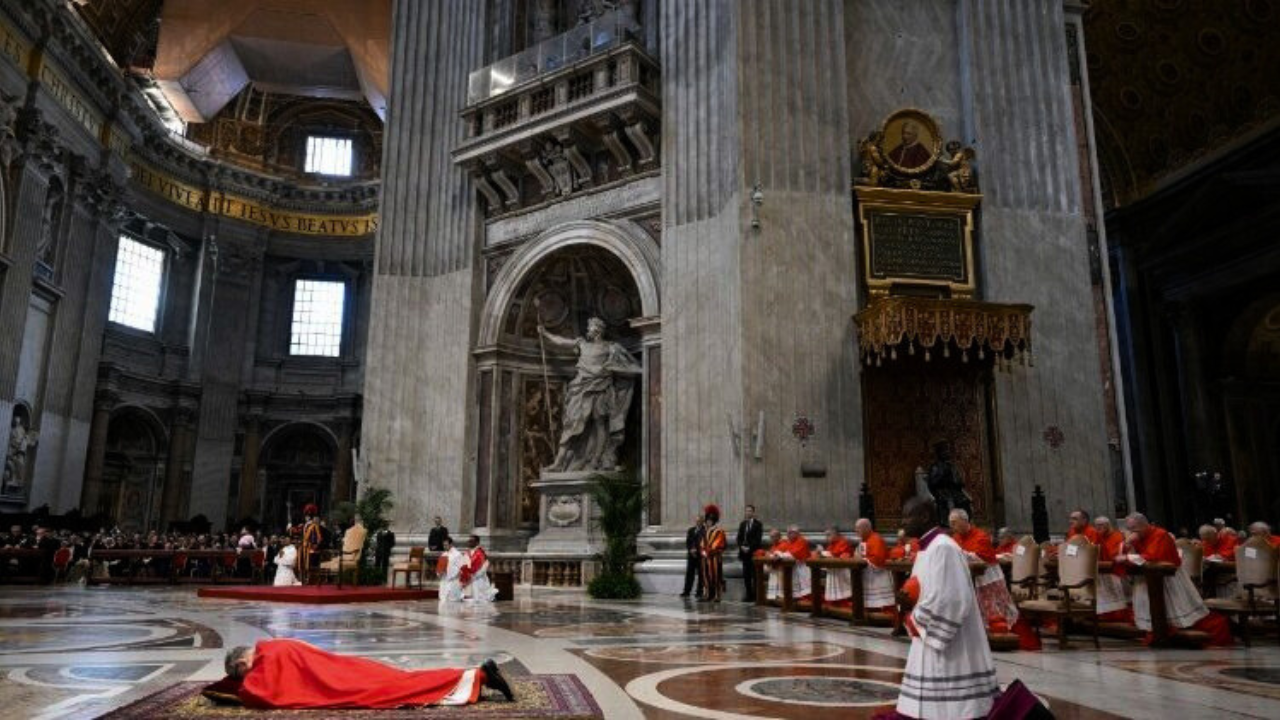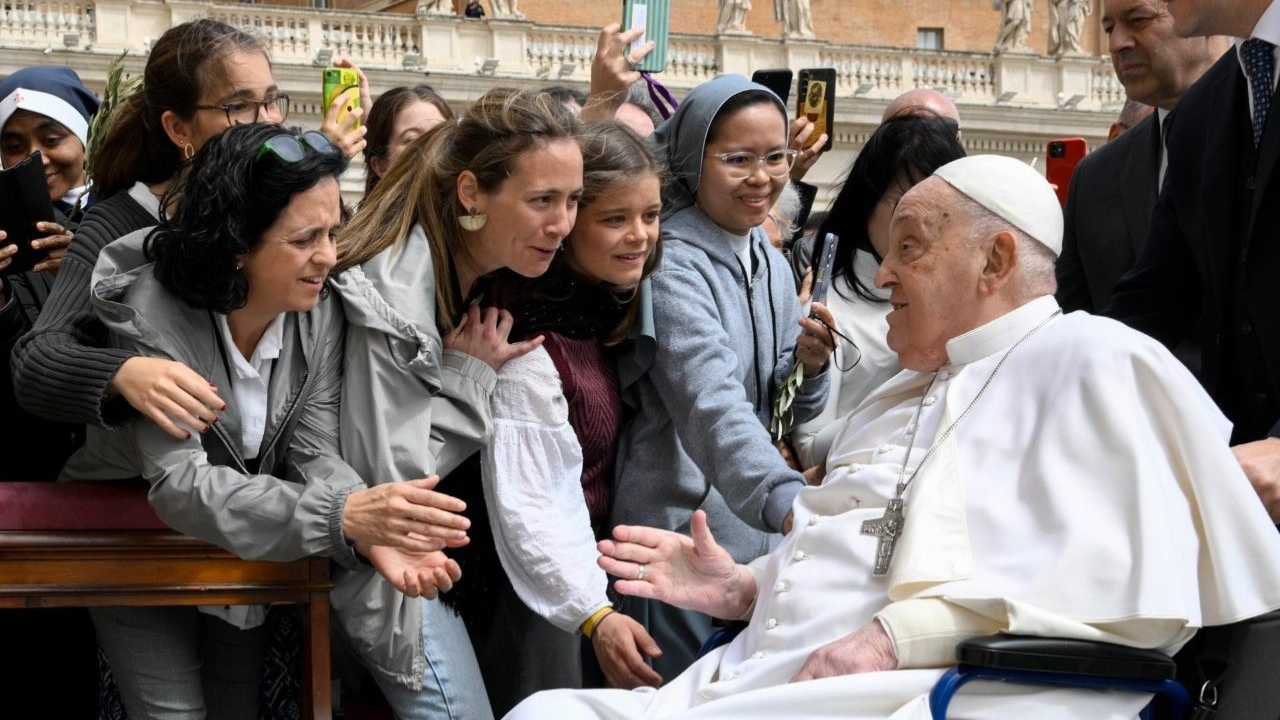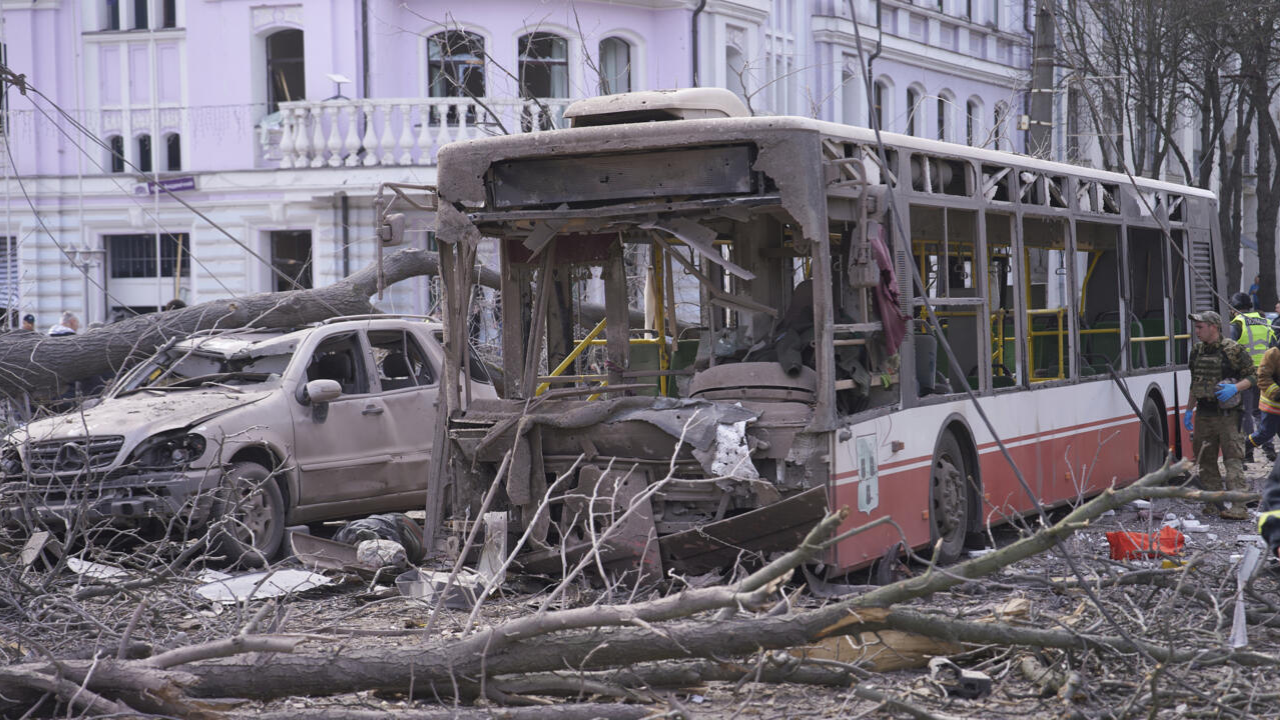St. Peter's Basilica was not always visible as it is today. It was hidden in the streets of the Borgo neighborhood. This is one of many discoveries one can make when visiting 'La Spina' exhibition, which goes over the history of the Vatican from ancient Roman times until the Jubilee year of 1950.
CLAUDIO PARISI PRESICCE
Councilman for Cultural Goods (City of Rome)
'There are three Romes: the visible Rome, the hidden Rome, and the invisible Rome, which is a product of all the transformations that this ancient city has undergone throughout time.'
This exhibition sheds light on the invisible Rome, so that the visitor can see what the city looked like in the past. It is tied together by the Spina di Borgo, a row of buildings that separated St. Peter's Square from the Tiber river, conferring the Vatican a very different appearance from that which it has today.
CLAUDIO PARISI PRESICCE
Councilman for Cultural Good (City of Rome)
'We have explained what this 'thorn' is; this linear segment that goes from the Tiber to St. Peter's Basilica... All its transformations, its meaning throughout time, and the moment when it was torn down, making way for the Via della Conciliazione, inaugurated in 1950.'
The new Via della Conciliazione had a crucial symbolic element. In the spirit of reconciliation brought on by the Lateran Treaty, Mussolini wanted to build a great avenue that represented the new friendly relationship between the Italian Republic and the State of Vatican City, after years of hostility.
The exhibition is located in the Capitoline Museums, in the Piazza del Campidoglio in Rome, and it is open until November 20.
